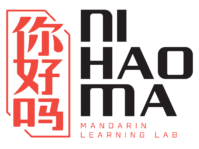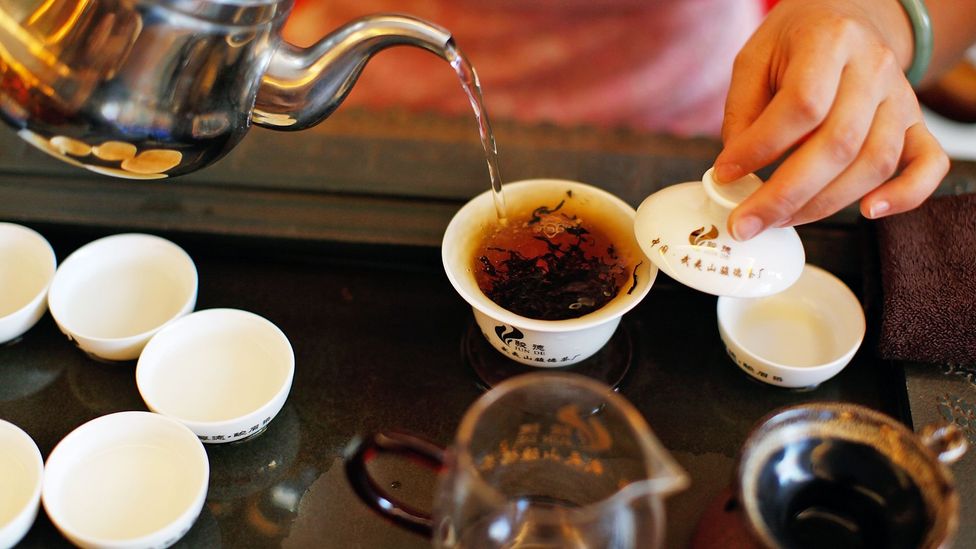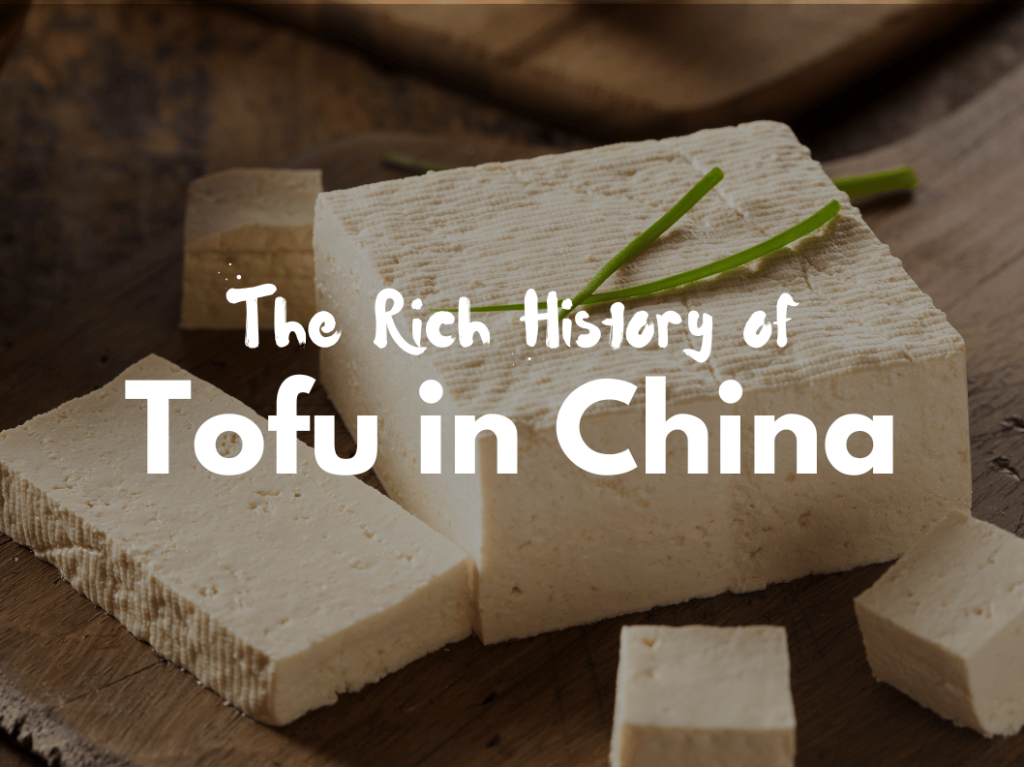Welcome to the vibrant world of Peking Opera, a cultural gem that has captivated audiences for centuries. In this blog, we’ll delve into the rich history, unique features, and enduring significance of Peking Opera, a UNESCO World Heritage art form in 2010 that continues to enthrall audiences around the globe.
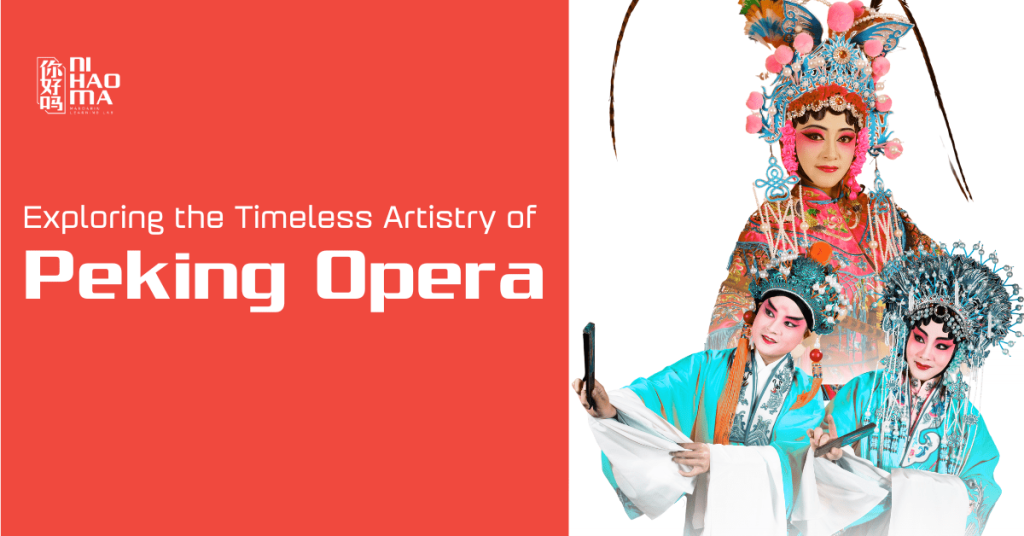
A Journey Through Time: The History of Peking Opera
Peking Opera, also known as Beijing Opera, traces its origins back to the late 18th century during the Qing Dynasty (1644-1912). It emerged as a synthesis of various regional performance styles, blending elements of singing, acting, acrobatics, and martial arts into a mesmerizing theatrical spectacle. Over the centuries, Peking Opera has evolved, adapting to changing tastes and societal shifts while retaining its essence as a quintessential form of Chinese performing arts.
Key Features of Peking Opera
Peking Opera’s distinct charm lies in its multifaceted nature. Here’s a closer look at the key elements that define this captivating art form:
Singing: One of the hallmarks of Peking Opera is its distinctive vocal style, characterized by melodic recitation and rhythmic patterns. Performers use a combination of falsetto, chest voice, and other vocal techniques to convey emotions and narrative elements. The vocal styles in Peking Opera are highly stylized and categorized by four main roles: sheng (male), dan (female), jing (painted face, representing villains or supernatural beings), and chou (clown). Each role utilizes specific singing techniques and melodies to evoke emotions and enhance character portrayal.
Acting: Acting in Peking Opera goes beyond spoken dialogue. Peking Opera actors are famous for their mastery of exaggerated gestures and facial expressions. This serve to communicate character traits and emotions to the audience. From graceful movements to dramatic poses, every gesture is carefully choreographed to enhance the storytelling.
Acrobatics and Martial Arts: Peking Opera incorporates elements of acrobatics and martial arts, adding an extra layer of excitement and dynamism to the performances. Performers showcase feats of agility, strength, and precision, dazzling audiences with their physical prowess. These elements often depict battles, escapes, or emphasize power and agility.
Symbolism in Peking Opera
Every aspect of Peking Opera is meticulously crafted and imbued with meaning:
Elaborate Costumes and Makeup: The costumes and makeup worn by Peking Opera performers are not merely decorative but laden with symbolic meaning. Their colors, patterns, and embellishments convey social status, personality traits, and historical periods. For example, a red face typically signifies a loyal and heroic character, while a white face represents a cunning villain. The intricate designs and vibrant colors contribute to the visual splendor of Peking Opera.
Use of Props and Stage Elements: The stage setting in Peking Opera is minimalistic, relying heavily on symbolism. They play a crucial role in Peking Opera, helping to set the scene and establish the mood of the performance. From ornate furnishings to symbolic objects, every prop serves a purpose. It includes enhancing the storytelling and immersing the audience in the world of the opera.
Interpretation of Characters: Peking Opera relies on a repertoire of stock characters, each with its own distinct traits and attributes. From virtuous heroes to cunning villains, these archetypes are brought to life through the skillful portrayal of performers, who imbue their characters with depth and nuance. Through their costumes, makeup, movements, and vocal styles, performers embody these archetypes, allowing audiences to readily understand the roles and their motivations.
A Living Legacy: Modern-day Peking Opera
Despite being centuries old, Peking Opera remains a vibrant and relevant art form in contemporary China. Audiences can still enjoy live performances in major cities like Beijing and Shanghai. Talented performers continue to uphold the tradition of excellence. Moreover, Peking Opera has influenced various aspects of modern culture. It ranges from film and literature to fashion and design, leaving an indelible mark on the cultural landscape.
Ni Hao Ma Workshop on Peking Opera
At Ni Hao Ma Mandarin Learning Lab, we recognize the importance of preserving and promoting traditional Chinese culture. That’s why we organize workshops on Peking Opera, offering students the opportunity to immerse themselves in this unique art form. Our workshops not only offer valuable insights into the rich tradition of Chinese culture but also provide hands-on experiences. This includes the opportunity to paint traditional masks. By the end of the workshop, we’re confident that our students will have developed a profound appreciation for the timeless beauty and artistry of Peking Opera.
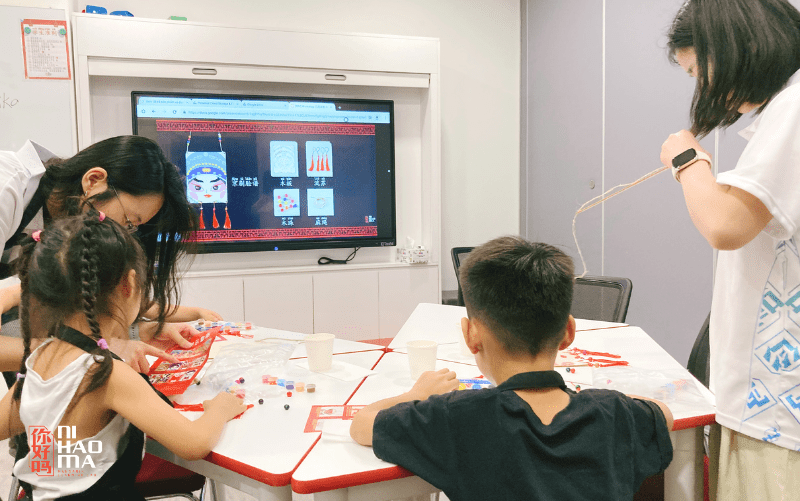
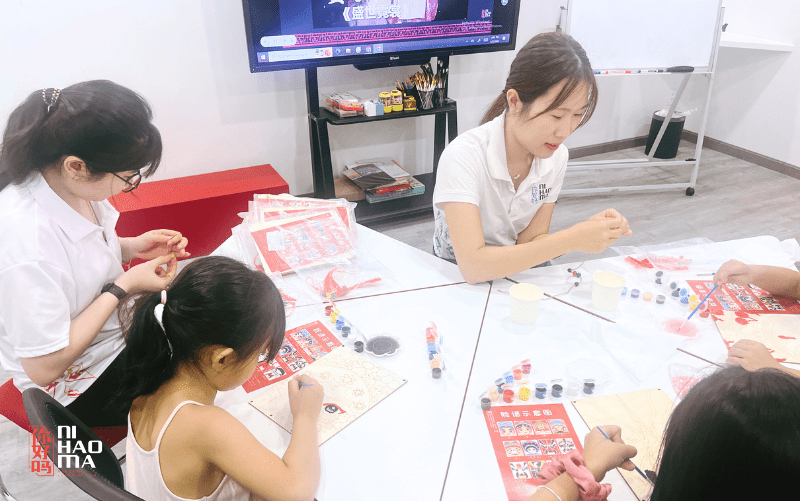
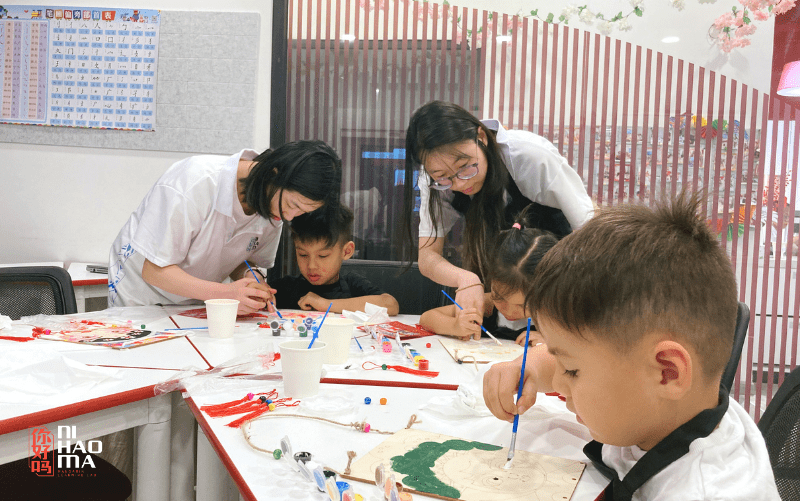
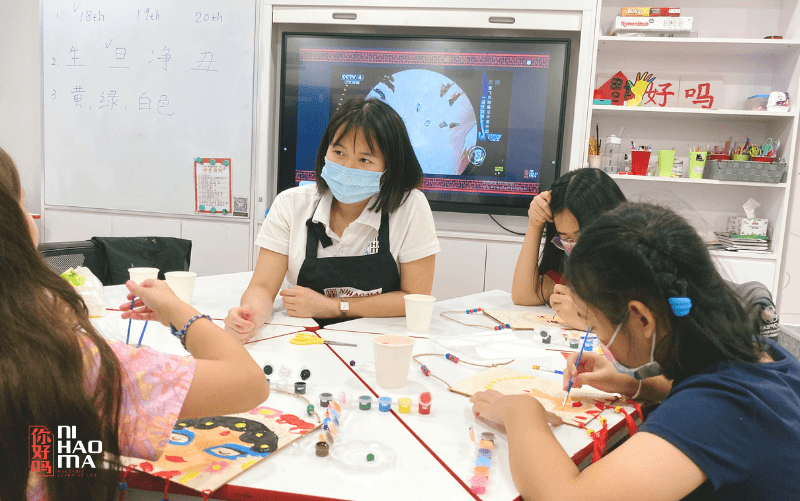
A Final Curtain: Embark on Your Peking Opera Journey
Peking Opera stands as a testament to the enduring power of artistic expression and cultural heritage. Its blend of singing, acting, acrobatics, and martial arts creates a multisensory experience that continues to captivate audiences of all ages. Whether you’re a seasoned opera enthusiast or a curious newcomer, Peking Opera offers a window into the rich tapestry of Chinese culture and tradition. So why not take a step into the world of Peking Opera and discover the magic for yourself?
